This morning on the radio I heard a report about the impact of the next round of automatic sequester budget cuts. Once you eliminate all of those programs that are “untouchable” there isn’t much left. Everyone is for budget cuts until those cuts come too close to home, which for our elected legislators means impacting seniors, jobs in their districts, etc. So who gets affected? Sometimes it’s groups without much political clout. Or people with jobs in public service (which can spill-over to people with jobs in the private sector).
Who decides where the money comes from? If you had to cut 10% from your monthly spending today what would you choose? Your cell phone service? Netflix, Hulu Plus, and Amazon Instant Video? Coffee and lunch out? Your electric bill? You would have your own list of “untouchables.” You know what you spend so you can decide what is most important and how to prioritize your budget reductions.
Budget reduction is happening on many college and university campuses. Costs rise every year and budgets don’t always grow at the same rate (sometimes they don’t grow at all). The only way to pay our bills is to find more money (the dreaded “generate revenue) or to cut costs. So, like the federal government, or you, we have to prioritize, to decided what is untouchable.
But wait! You are running the library. Isn’t most of what you provide free?? It’s on the Internet, isn’t it?! OK – maybe that was a bit of hyperbole. But I bet that many students and faculty on my campus (and others) don’t really know how much we spend on the resources you need/want to help you succeed. There are a few reasons for that:
- Many information vendors (the companies that license our electronic resources) have a confidentiality clause in their license contracts. That clause prevents us from discussion cost publicly. This is a way for vendors to negotiate different prices without being transparent about the criteria used to determine the price. Many librarians now refuse to sign licenses with this clause.
- Librarians have been reluctant to talk about cost with our students and faculty. Our job has always been to provide access to information, to help our community members find and use information, and to be a welcoming and engaging place. We don’t want to sully that with conversations about money.
But it’s time for some straight talk about money. There has been a lot of conversation among librarians lately about what we pay for our resources, especially our online resources. You know, the ones with the 24/7 access to full-text that you love. Librarians are asking our publishers and vendors questions about why we have to purchase big bundles of journals (more is better, right?) instead of selecting only the journals we want (can you say cable company?).
Did you know that the average book price in 2012 (according to our book vendor, Yankee Book Peddler) was $82.09 for a print book which is up 4.9% from last year, and $112.42 for an ebook. Did you know that prices for books in social sciences rose about 7%, about 5% for the sciences, and 1% for the humanities?
Did you know that we spent about $273,000 just on electronic resources last year (not including some of our individual ejournal titles)? Is that a lot or a little? What are we getting for our $273k? We get access to the full-text of about 20,000 journals (do we need that many?). We get access to images and data from reference books online. We have access to art images, primary source materials, and books. Does it really cost that much? It’s hard to know. Even though we have the ability to negotiate for our costs, licensing an online resource is still a lot like buying a car. Once we’re done we still don’t really know if we got a good deal or not.
So when it’s budget cutting time we look at how much online and print resources are being used and who needs them. We consider the impact of stopping access but being able to add it again when/if economic conditions improve. We propose buying articles on demand rather than paying for subscriptions. We have options.
I think it is important for our students and faculty to know how we make decisions about spending our resources and why it may be important to “just say no”. Sometimes we might cancel or decline to add a resource in order to reduce our spending, and sometimes we might say no because it’s the right thing to do. The publishers and vendors won’t change their sales strategies without pressure from customers (that means you). Knowledge is power. To learn more read the blog posts linked above, or email me (cerabinowitz@smcm.edu). Let’s have coffee and talk.


